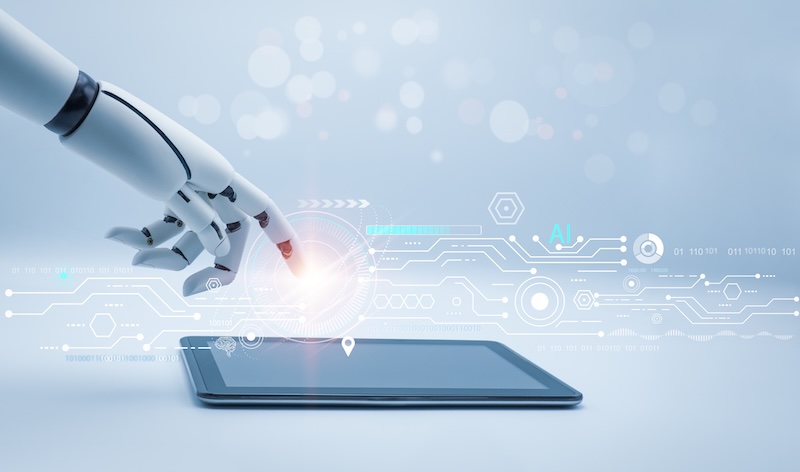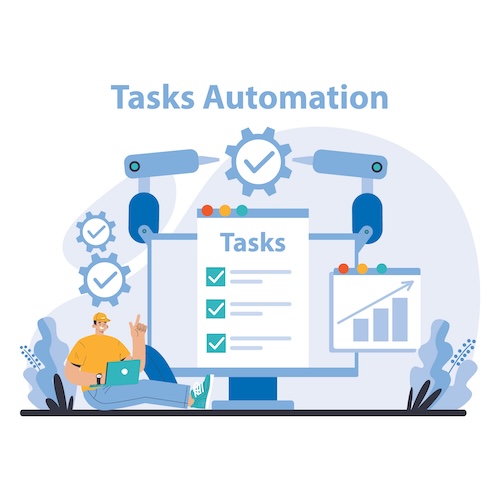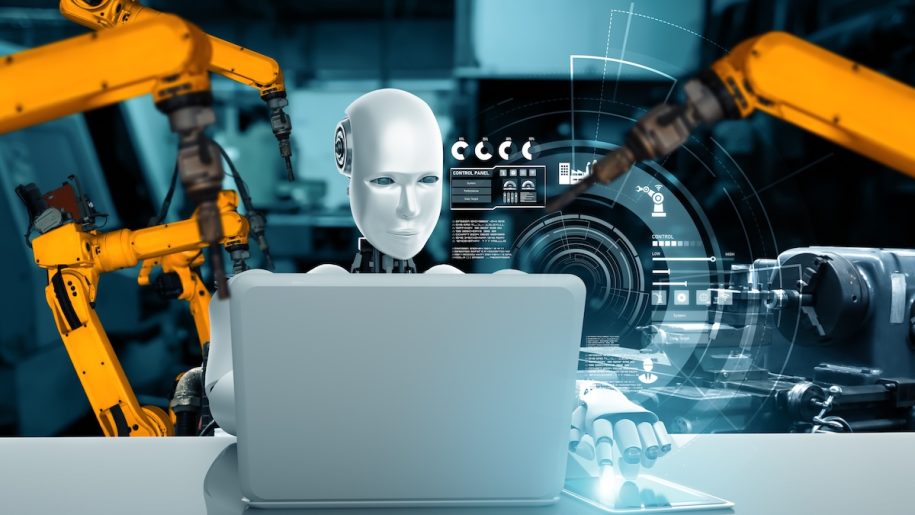Artificial Intelligence or AI is currently one of the most popular terms on people’s lips. In particular, the rise of ChatGPT and similar technologies has significantly increased the use of this technology in various aspects of human life.
As such, clinics and medical practitioners are not left behind in this frenzy as various AI software are used for summarizing consultations, booking appointments, and optimizing clinical workflows. Although these advancements are helpful, there is a limit to what AI can do now.
In particular, rule-based tasks that are predictable and repetitive are best handled with automation, making tools like the Team2Book Availability Scheduling App best for handling scheduling and resource allocation in clinics, and other similar facilities. Therefore, this article highlights the contrast between automation and AI technology.
It presents why the Team2Book App is automation-based instead of AI. Keep reading to learn more.
What is AI
As the name implies, Artificial Intelligence (AI) describes systems based on human intelligence. This technology gradually accumulates human experience and behavior in the form of data, which enhances its ability over time.
As such, AI is capable of making decisions, generating recommendations, and recognizing patterns based on stored information. Due to this capability, many healthcare facilities in Quebec use AI for decision-making support, phone agents, scribes records, and consultation summarization.
Many of these AI tools are useful as they minimize manual work, such as data entry. Despite these advantages, AI can minimize decision-making visibility for managers by introducing unpredictability.

What is Automation
Automation is a process that involves using logic and predefined guidelines to carry out repetitive activities or tasks without manual intervention. This concept has been around for years, allowing different institutional specialists to concentrate on more crucial aspects of their work.
Automation is heavily used in the manufacturing industry. For instance, most car manufacturing plants use this technology in the form of robotic arms for assembling car parts.
Furthermore, automation is used in healthcare and other industries to generate reports and send appointment reminders via email or SMS. Considering these advantages, automation-based tools like the Team2Book Availability Scheduling App are perfect for professional work places, clinics, and other healthcare facilities.
This tool considers existing scheduling information, facility-defined rules, and unavailability to optimize shift and office allocations.

AI vs Automation
For most non-technical people, AI and automation may feel similar. However, these tools are different and offer varying advantages.
Below are some key differences between AI and automation.
- AI uses existing information to adapt and modify processes and outcomes while automation is based on fixed rules.
- AI tools can be unpredictable and sometimes provide widely diverse answers. Automation is predictable for a specific set of conditions.
- AI tools are often opaque unlike automation, which is simple to audit and explain.
- AI can sometimes be complex, leading to unstructured decision-making, unlike automation which is repetitive and based on rules.
Each of these technologies can enhance a healthcare facility’s efficiency. However, each tool is different and offers varying solutions to users.
When to Choose Automation
Knowing when to choose automation depends on the task types. Automation works best for rule-driven, consistent, and repetitive tasks. Here are specific tasks ideal for automation tools like the Team2Book Availability Scheduling App:
- Assignment of shifts and consultation rooms to professionals;
- Allocation of tasks to individuals according to priority and availability.
- The Team2Book tool ensures each professional is given the minimum allowable rest time before their next shift.
It considers limitations and preferences when assigning office rooms. It also ensures fair assignment of weekends and professionals do not get assigned back-to-back shifts.
Although it is possible to use AI for such tasks, the possibility of introducing risk into the process increases. In particular, AI tools can easily misread patterns and optimize decision-making using statistical efficiency instead of operational constraints and fairness.
Disadvantages of Using AI for Scheduling
AI tools are still opaque, which limits transparency in managing workflow and human resource management. Here are some disadvantages of using AI for scheduling:
- AI tool can offer inconsistent or unfair shift rotations that do not consider critical human factors.
- Overriding decision-making can be a challenge and wastes time during rush hour.
- Administrators and managers mostly do not see the rationale for decisions and recommendations.
Based on these possibilities, AI-based tools can assign more work to a doctor due to their high rate of efficiency while giving less to inefficient individuals. These solutions can cause dissatisfaction, burnout, and possible HR policy violations.
Leveraging Automation Through Team2Book
The Team2Book Availability Scheduling App is optimized for healthcare administrators, managers and schedule coordinators. It is ideal for minimizing repetitive tasks and having complete control of all operational processes.
This tool works as follows:
- It defines rules like professional priorities, unavailability, office preferences, and shift spacing.
- This tool uses data from the last 3 months to optimize scheduling and resource allocation.
- All results are based on parameters and inputs provided by the clinic administrator or manager.
- The administrator or manager ultimately approves shift and resource allocation before final schedule production.
Furthermore, Team2Book seamlessly integrates with Teamup Calendar software. It is capable of saving healthcare administrators countless hours by minimizing the need to assign human resources to repetitive tasks.
As such, the Team2Book Availability Scheduling App takes in inputs based on specific rules and displays shift and office assignments through Teamup.
Conclusion
The appeal and power of AI tools drive many clinics and hospitals to use them for various tasks within the healthcare industry. Although these solutions are suitable for taking notes and generating summaries, these tools are not ideal for allocating shifts and office spaces.
The use of statistical models for decision-making may tend to overlook fairness when assigning rooms and shifts. To prevent this from happening, automation solutions are best used for managing office and human resources.
Through automation, transparency, reliability, predictability, and control are ensured, allowing healthcare administrators to manage office and human resources with minimal bias. In particular, the Team2Book Availability Scheduling App is optimized for managing office space and shift allocation, which keeps healthcare facilities operationally optimized.

